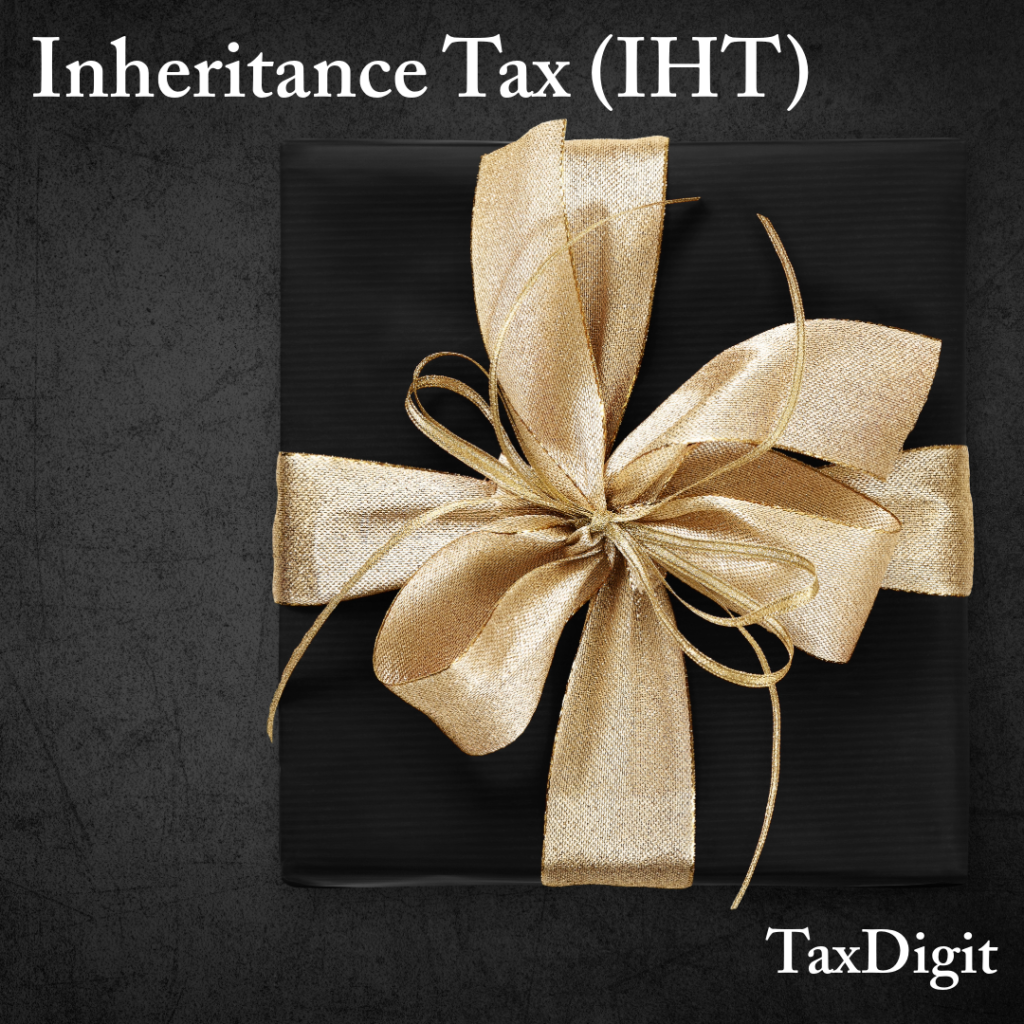Inheritance Tax (IHT) is a subject that often elicits confusion and concern. It is a tax on the transfer of wealth, primarily upon an individual’s death. However, the implications of IHT extend beyond one’s demise, affecting lifetime gifts as well. In this blog post, we’ll delve into the intricate details of IHT, with a particular focus on lifetime transfers and their implications.
Understanding Lifetime Transfers

IHT aims to prevent individuals from circumventing tax obligations by giving away assets prior to death. Lifetime transfers are crucial components of IHT, and they fall into three categories: chargeable lifetime transfers (CLT), potentially exempt transfers (PET), and exempt transfers.
Chargeable Lifetime Transfers (CLT): These transfers incur IHT at the time of the gift, with an additional IHT if the donor passes away within seven years. The initial tax is at the lifetime rate, which is half the rate applied on death.
Potentially Exempt Transfers (PET): No lifetime tax charge applies to PETs. Instead, a charge, at the higher death rate, only occurs if the transferor dies within seven years of the gift.
Exempt Transfers: These transfers are not subject to IHT.
Scope of the Charge
IHT applies to transfers of value of chargeable property held by an individual. It arises on death, on lifetime gifts if the transferor dies within seven years of the gift, and on some gifts made during an individual’s lifetime, either to another person or into a trust.
Understanding Chargeable Property
Chargeable property for IHT purposes encompasses all property to which a person is beneficially entitled unless it is excluded property. Unlike Capital Gains Tax (CGT), there is no concept of a chargeable asset for IHT. Assets exempt from CGT may still be liable to IHT unless they are excluded property.
Excluded property includes overseas assets owned by individuals not domiciled in the UK, reversionary interests in trust funds, and more.
Chargeable Transfer
The chargeable amount of a transfer of value may be reduced or eliminated by specific IHT exemptions. The measure of the transfer of value is the “diminution in value,” representing the amount by which the transferor’s estate is reduced by the gift.
Occasions of Charge
IHT liabilities can arise during an individual’s lifetime, on additional IHT on lifetime transfers arising on death, and on the death estate. Each stage involves specific computations to determine the tax owed.
Lifetime Transfers: Types and Tax Implications
There are three types of lifetime transfers: exempt transfers, potentially exempt transfers (PETs), and chargeable lifetime transfers (CLTs). Each comes with its own tax implications, and careful consideration is necessary to navigate the complexities of IHT.
Inheritance Tax is a nuanced area of taxation, particularly when it comes to lifetime transfers. Understanding the distinctions between CLTs, PETs, and exempt transfers is crucial for effective estate planning. At TaxDigit, we specialise in providing comprehensive guidance on IHT matters. Contact us for more information on how to navigate the intricacies of Inheritance Tax and ensure a secure financial future for you and your loved ones.



